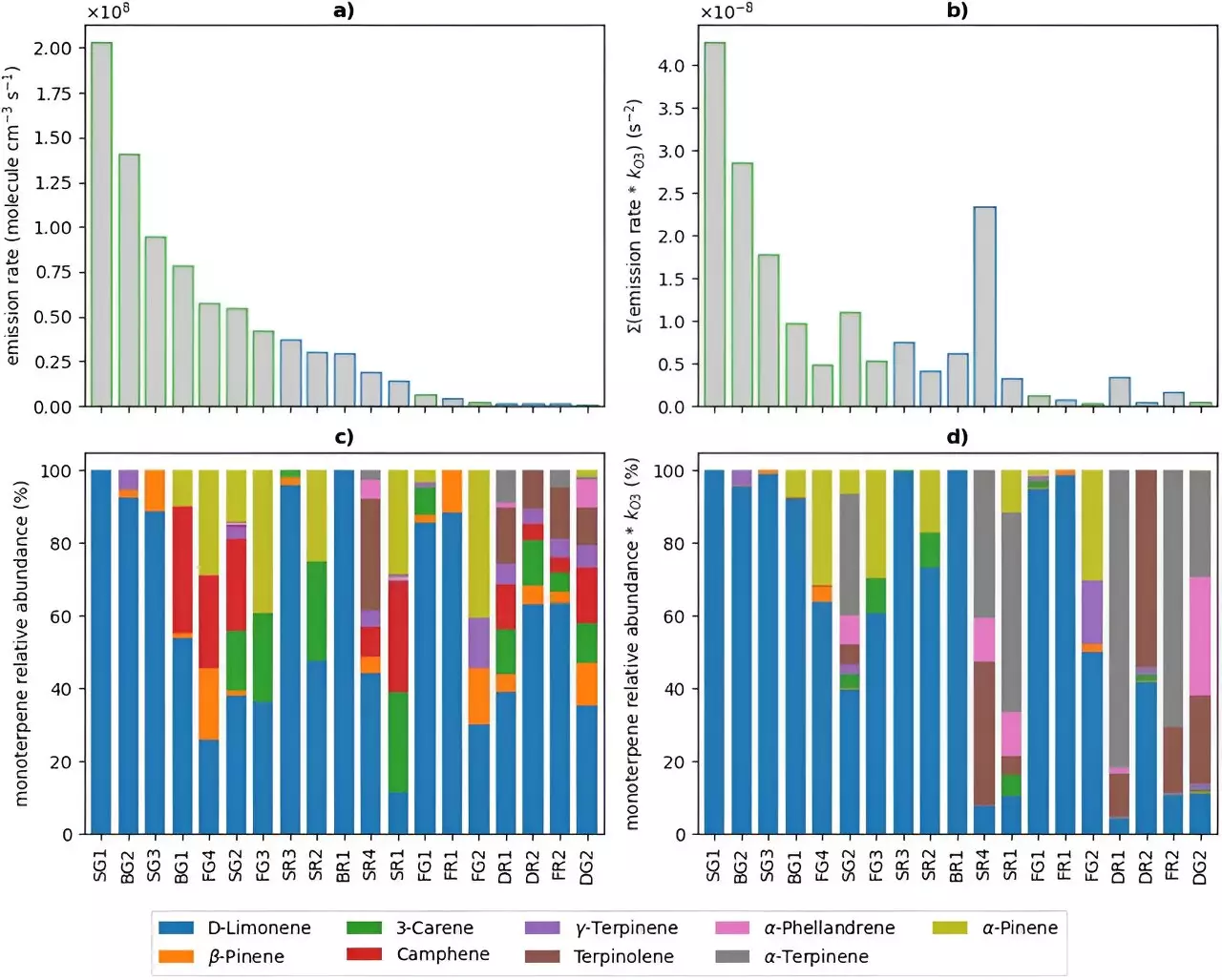In recent years, there has been a growing trend of consumers opting for “green” cleaning products, under the assumption that these alternatives are safer for their health and the environment. However, a new study conducted by researchers at the University of York reveals a disturbing truth – many of these so-called “green” cleaners emit just as many harmful chemicals as regular cleaning products. This raises serious concerns about the lack of regulation and guidance for consumers when it comes to the safety of cleaning products.
The study, published in the journal Environmental Science: Processes & Impact, focused on the potential harm caused by fragranced cleaning products to the air quality in people’s homes. The research found that cleaning products release volatile organic compounds (VOCs), some of which are hazardous or can transform into harmful secondary pollutants. These VOCs are particularly prevalent in fragranced cleaning products.
One of the key findings of the study was that green cleaners tend to emit higher levels of monoterpenes compared to regular cleaners. While monoterpenes are naturally occurring compounds found in essential oils, their high concentrations can be detrimental to air quality. The fragrance ingredients in these products were identified as the primary source of these volatile monoterpenes. As levels of these pollutants increase in indoor environments, individuals may experience respiratory issues, eye irritation, and skin problems. Prolonged exposure to high levels of formaldehyde, a harmful secondary pollutant generated by these cleaners, may even lead to cancer in some cases.
Ellen Harding-Smith, an Environmental Chemistry researcher from the Department of Environment & Geography at the University of York, emphasizes the lack of strong evidence supporting the superiority of green cleaners in terms of indoor air quality. The marketing of these products is potentially misleading consumers, as the study found minimal differences between regular and green cleaners. This blind faith in the “green” label poses a significant risk to consumers’ health and compromises the air quality in their homes.
Manufacturers should take responsibility to provide clearer information about the ingredients and potential harm of their products. Currently, there is a dearth of readily available literature on the compositional differences between regular and green cleaners. Consumers need to be aware of these differences and understand how to mitigate the potential risks associated with using these cleaning products.
This research highlights the urgent need for better regulation of cleaning products and more comprehensive guidance for consumers. It is crucial that government agencies and regulatory bodies set stricter standards and requirements for manufacturers. Additionally, consumers should have access to clear and transparent information about the potential risks and benefits of using different cleaning products. This will empower them to make informed choices that prioritize both their health and the environment.
The notion that “green” cleaning products are inherently safer is shattered by the findings of this study. The deceptive marketing tactics employed by manufacturers can mislead consumers and compromise the air quality in their homes. Greater regulation and transparency are essential to ensure that consumers can confidently choose cleaning products that genuinely prioritize their well-being and the health of the environment.


Leave a Reply